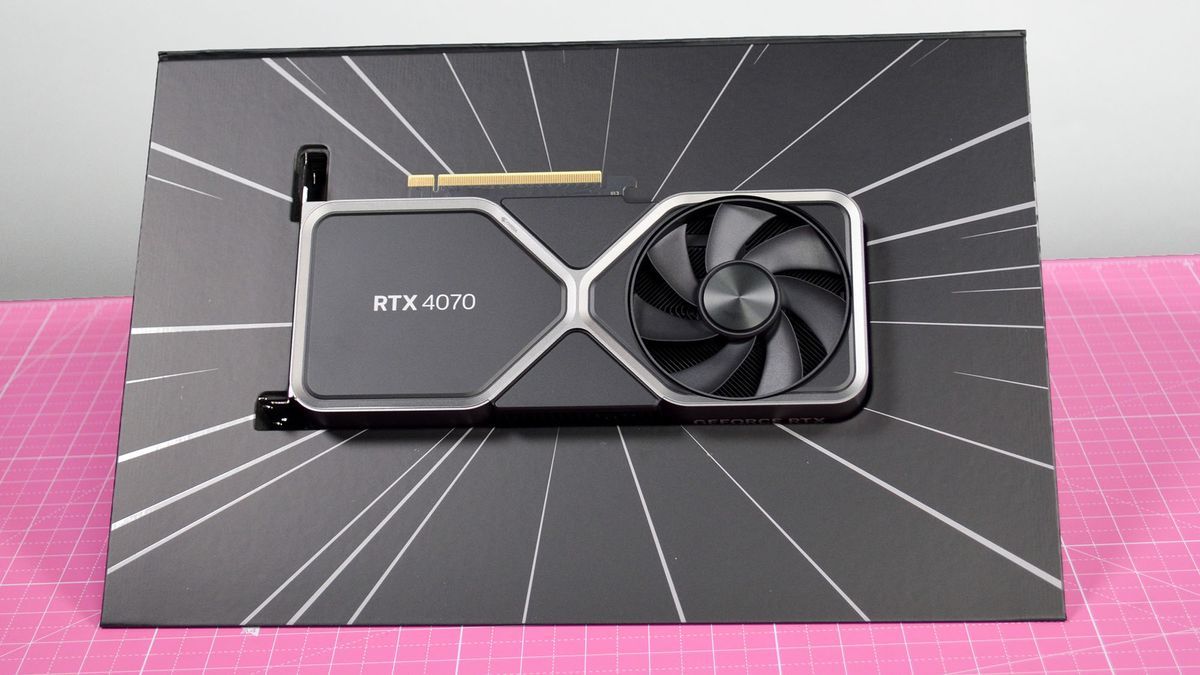Chinese manufacturer Zephyr is launching several new graphics cards, including one RTX 4070 which fits the ITX form factor and has another unique design option: a single fan.
It uses a single eight-pin power connector with a custom PCB design, an AD104-250 GPU, and 12GB GDDR6X memory. However, one downside is that it is not overclocked and the manufacturer makes no promises about those capabilities.
However, Cefiro makes strong statements on its heat dissipation effectiveness, stating that it is superior to some dual-fan cards once it reaches 2400 RPM.
According to the given specifications, on average, it is eight degrees cooler and the memory temperature is 10 degrees cooler. We don't know exactly what it compares to, although it could be the Zephyr's two-fan design.
Its performance in the 3DMark benchmark is around average for the RTX 4070, with a score of 4442 compared to the average of 4450.
This could be a big win for the environment.
Zephyr's RTX 4070 single-fan graphics card is, in my opinion, exactly what manufacturers should be working on. Instead of this constant and unsustainable push for more powerful cards, we should focus efforts on performance efficiency so that they use fewer resources to keep them running.
This would be especially vital for data centers, which consume massive amounts of water remain functional, which has an equally devastating ecological impact. Imagine that instead of powering these huge centers with Nvidia RTX 5000 series graphics cards that are gearing up to be power-hungry, AI-enabled cards, you could equip the centers with cards that consume much less power but that still provide a comparable level of performance. to “more powerful” graphics cards.
With the news that Zephyr's first wave of RTX 4070s have sold out with a second wave planned for mid-July, it seems gamers clearly want to see more efficient cards as well. This is supported by the fact that people have Make your own versions. of the RTX 4070 Ti to use fewer fans and motherboard slots.
Hopefully, this will inspire manufacturers in other countries to refocus their efforts as well, eventually leading to a rapid decrease in wasted resources.








